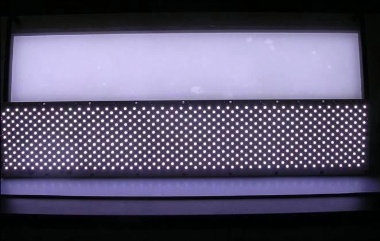Nasa has committed to spend $11.2 million (£6.9 million) on developing a colour-changing LED system which will encourage astronauts to sleep by mimicking their natural circadian rhythms. It is hoped that the space agency’s research will also improve scientific understanding of circadian lighting.

Astronauts have long struggled with their ability to get a restful sleep in space, with around half of them resorting to sleeping tablets. Demanding schedules and unusual environments mean that their allocated eight and a half hours sleep is often restricted to just six. This can lead to depression, illness and mistakes.
The new systems, which are being designed by Boeing, alternate between red, white and blue light and will replace the existing fluorescent lamps on spacecraft by 2016.
To date, the research into the health implications of circadian lighting is inconclusive but it is thought that blue light supresses melatonin, a hormone made by the pineal gland in brain that induces sleep. The blue light also stimulates the production of melanopsin, a pigment found in cells in the retina, that send nerve impulses to parts of the brain, boosting alertness. In contrast, red light reverses the process, encouraging sleepiness, while melanopsin is reduced.
Doctors, shift workers and anyone whose performance is likely to be impaired with a circadian rhythm sleep disorder may see the benefits of a colour-changing sold state lighting module (SSLM)similar to the one being developed by Nasa.
Daniel Shultz, satellite systems engineer at the Kennedy Space Center said, “By refining multipurpose lights for astronaut safety, health and well-being in spaceflight, the door is opened for new lighting strategies that can be evolved for use on earth.”





